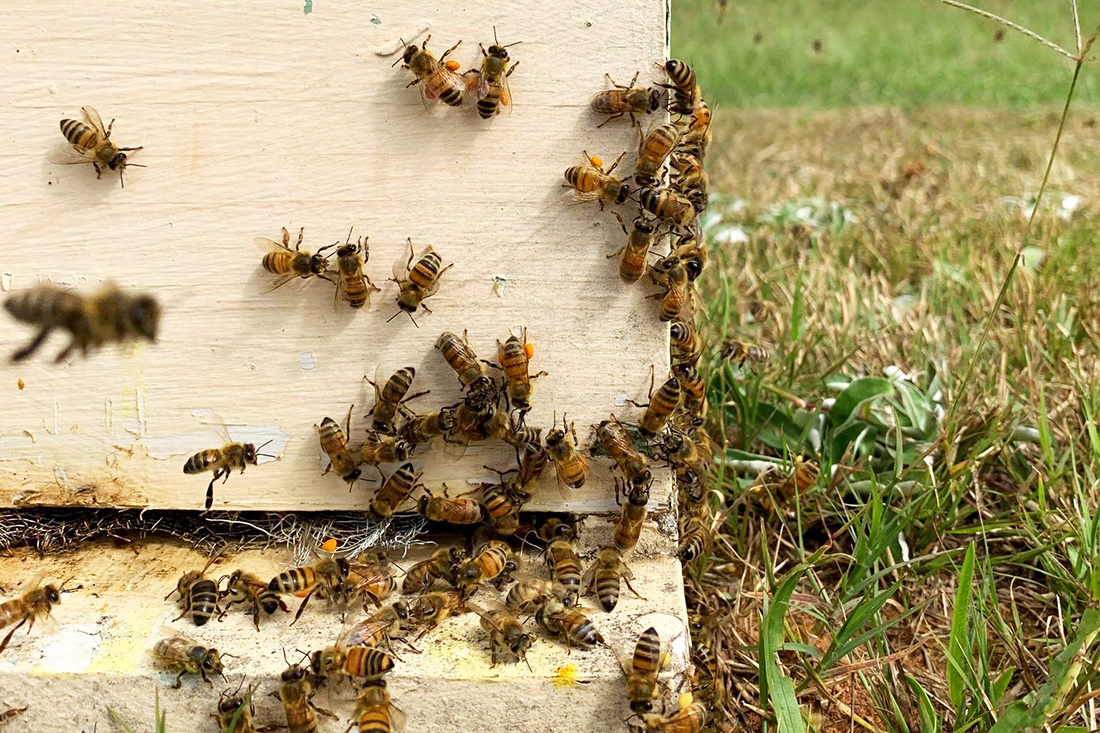When environmental groups reported recently that more than 380,000 Georgians were drinking contaminated water, were you tempted to run for the bottled stuff?
Before you chug-a-lug, check the label. That bottled spring water may have sprung forth from a tap.
New Food and Drug Administration guidelines "define where bottled water must come from in order to make claims on their labels," said Connie Crawley, a food, nutrition and health specialist with the University of Georgia Extension Service.
Bottlers must now prove their water source to use labeling terms like artesian well water, ground water, spring water or mineral water.
Besides setting standard definitions, the new regulations also require bottled water must meet EPA standards for tap water.
"That means the bottled water must at least be as contaminant-free as your tap water," Crawley said.
The regulations are specific.
If you buy a bottle of water labeled "spring water," that means that the water flows to the surface naturally or through a bored hole near the spring.
"Natural spring water" must reach the surface without mechanical pumps and can't be processed in any way other than put in a bottle.
"Mineral water" must come from an underground source and have at least 250 parts per million of dissolved solids.
"Artesian well water" is from a manmade well that is tapped into an aquifer. It's drilled and doesn't come naturally to the top.
"Seltzer water" is filtered, carbonated tap water.
"Club soda" has minerals and salts added that control acidity, and may have flavors, sugars or juices added.
"Still water" comes from any source, but has no carbonation -- Evian, Poland Spring and Great Bear, for example.
Some bottled water companies once made big bucks by bottling tap water and selling it back to consumers. No longer. Bottled tap water must now carry a label marked "municipal water supply."
"They're trying to make it so people will clearly understand what they have when they get something in a bottle," Crawley said. "They want it so that no one can deceptively bottle water that hasn't come from a natural spring."
The regulations also have safety in mind.
"Spring water hasn't been through a water treatment plant and supposedly hasn't been contaminated or doesn't have additives like chlorination," Crawley said. "It's pure enough to be consumed as is without treatment.
"That's why the FDA is saying that it must meet the EPA standards for safe drinking water," she said. "They're making sure, first of all, it really is spring water, and second, it's safe."
Also included in the new definitions are sparkling water and distilled water.
"Sparkling water" must have a certain amount of carbonation. Natural sparkling water must be carbonated from the source.
"Distilled water" has had all the minerals and other chemicals taken out.
"Bottled waters became popular because some people feel there's some possibility chlorine causes cancer," Crawley said. "But there's no proof of that. Spring water is supposed to be free of contaminants or treatments with substances that will harm us."
Taste is also a factor. Some think spring water tastes better and has no aftertaste. Others like the mineral taste of mineral water.
While the regulations took effect May 13, expect some lag time for bottles already on the shelf to be sold.
"The FDA doesn't go out and look for the bottles unless they have complaints," Crawley said. "They usually trust the producer to be honest. Consumers should report suspected deception to the FDA."






